Assistive Technologies
To enhance the lives of people with disabilities, NASA has identified a selection of patented technology created for space missions that could spur the next generation of assistive technology here on Earth.
From prosthetics and wheelchairs to screen readers and educational software, assistive technology is crucial to help people live healthy, productive, independent, and dignified lives.
NASA has a long history of contributing to this field including cochlear implants, low-vision devices, and mobility rehabilitation equipment. We invite companies to browse the curated list above full of hardware, software, manufacturing tools, and more.
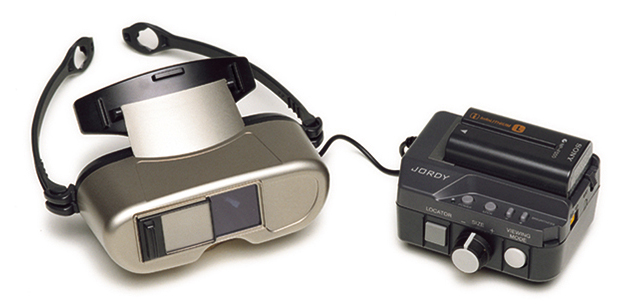
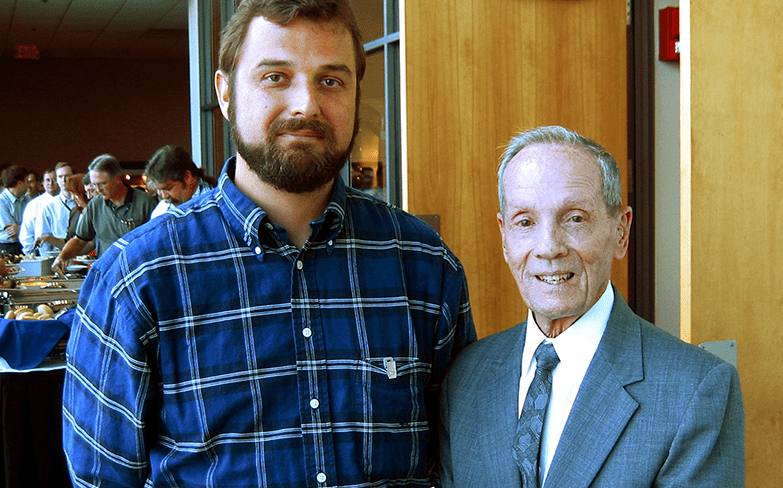
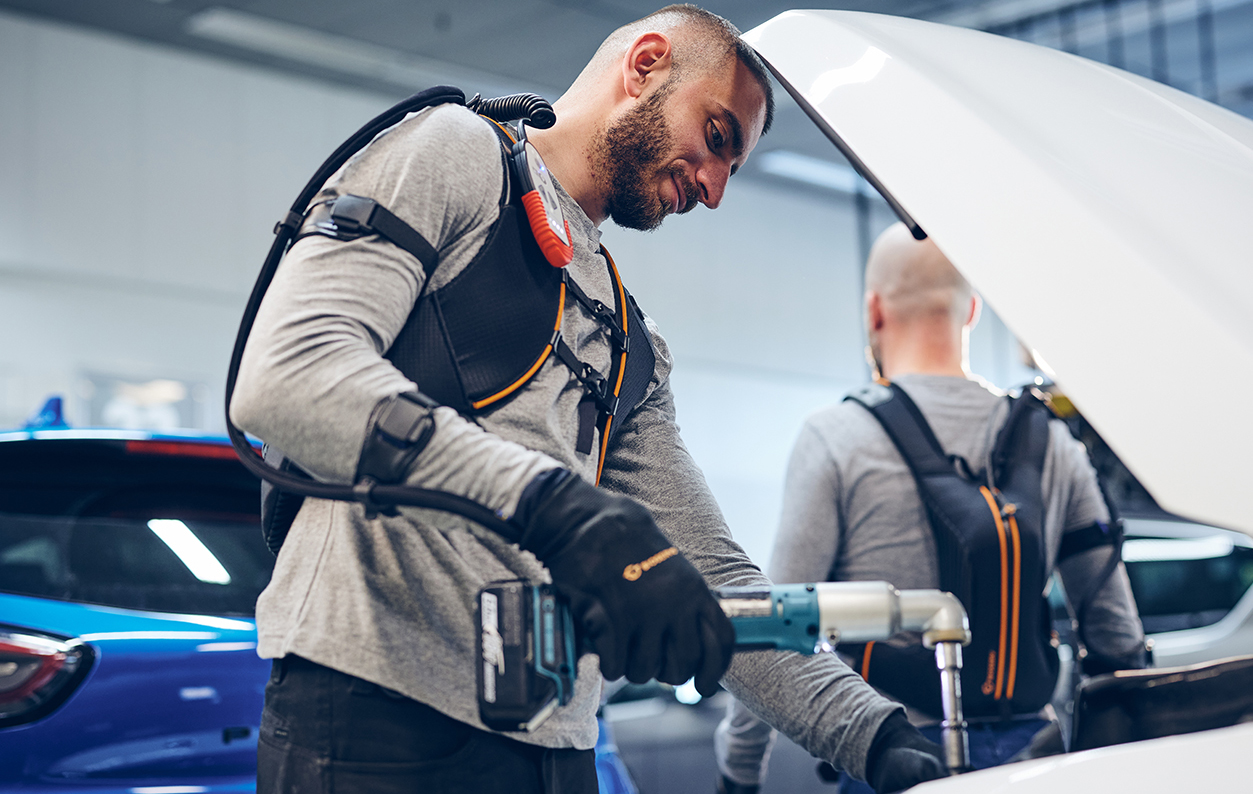
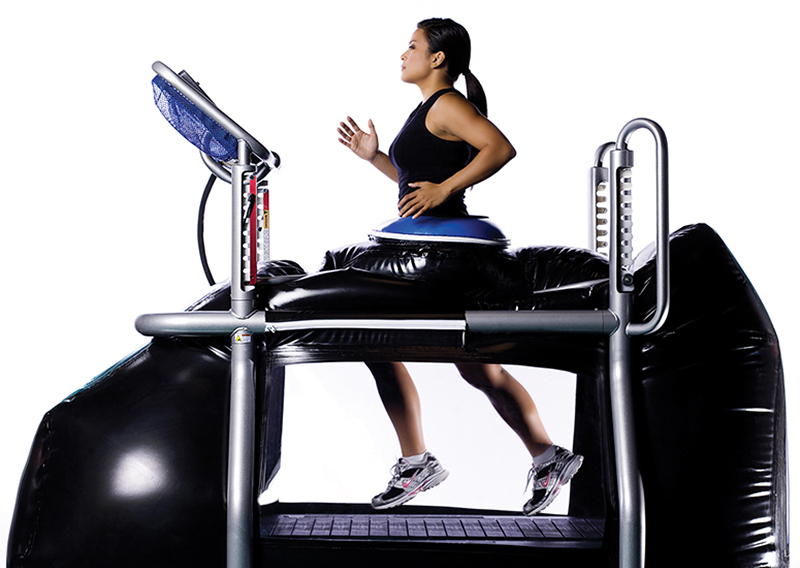
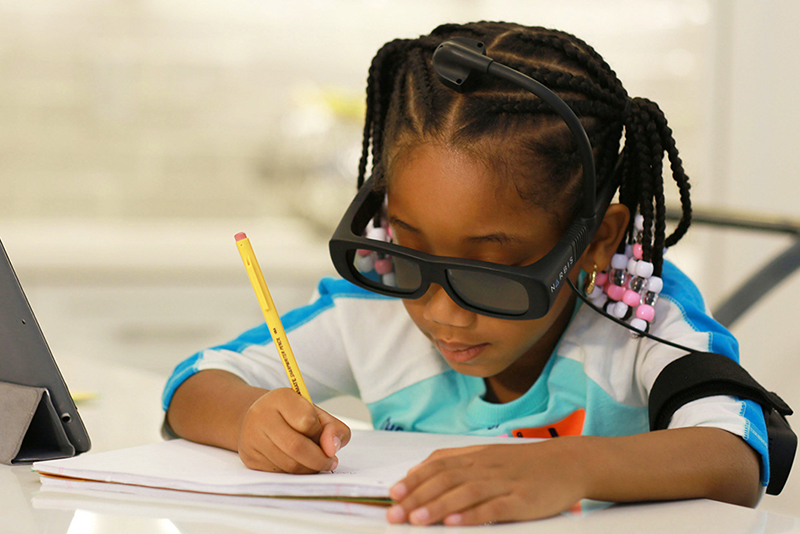
From prosthetics and wheelchairs to screen readers and educational software, assistive technology is crucial to help people live healthy, productive, independent, and dignified lives.
NASA has a long history of contributing to this field including cochlear implants, low-vision devices, and mobility rehabilitation equipment. We invite companies to browse the curated list above full of hardware, software, manufacturing tools, and more.
Assistive Technologies Success Stories

The Joint Optical Reflective Display (JORDY) device is a headset that uses NASA image-processing and head-mounted display technology to allow people with low vision to read, write, and more. JORDY's name was inspired by Geordi La Forge, a character from Star Trek: The Next Generation. Geordi, who was blind, used a futuristic visor that enabled him to see.

The technology that would later become a cochlear implant device was created by a NASA engineer in the 1970s. Following three failed corrective surgeries, Adam Kissiah applied his NASA electronics instrumentation know-how and his research in the Kennedy Space Center technical library to building his own solution for people who are deaf or profoundly hard of hearing which he patented in 1977. Several companies now make the devices, which have been implanted in hundreds of thousands of people around the world.

Ironhand, from Swedish company Bioservo Technologies, is the world’s first industrial-strength robotic glove for factory workers and others who perform repetitive manual tasks. It helps prevent stress injuries but has been especially warmly received by workers with preexisting hand injuries and conditions. The glove is based on a suite of patents for the technology NASA and General Motors developed to build the hands of the Robonaut 2 humanoid robotic astronaut.

A NASA scientist who developed ways to use air pressure to simulate gravity for astronauts exercising in space had the idea to apply the concept for the opposite effect on Earth. After licensing his technology, Alter-G Inc. developed its anti-gravity G-Trainer treadmill, which lets users offload some or all of their weight while exercising. The treadmills can help people recover from athletic or brain injuries, and they allow a safe exercise regimen for others with long-term conditions, such as arthritis.

Neurofeedback technology NASA originally developed to improve pilots’ attention has been the basis for a handful of products aimed at helping people manage attention disorders without medication, as well as other target groups. The devices measure brainwave output to gauge attention levels according to the “engagement index” a NASA engineer created. Then, they show the results to users, helping them learn to voluntarily control their degree of concentration. One of the most successful is a pair of smart glasses from Narbis, whose lenses darken as attention wanes, providing an incentive to focus and letting this exercise be applied to any task.


